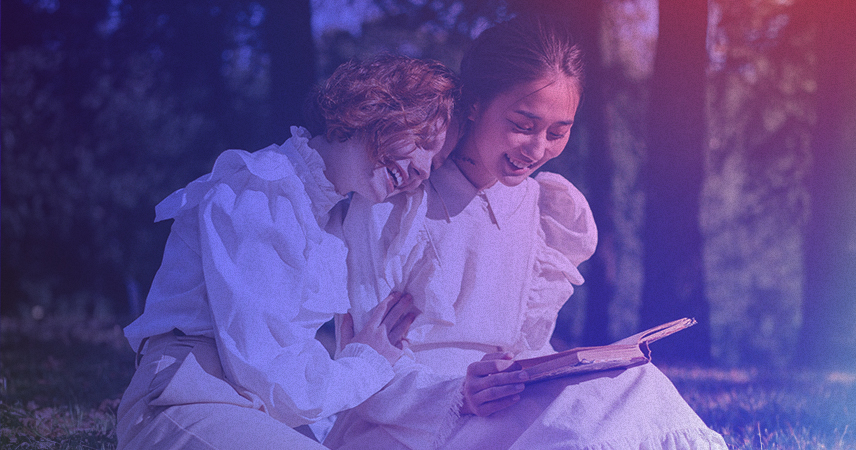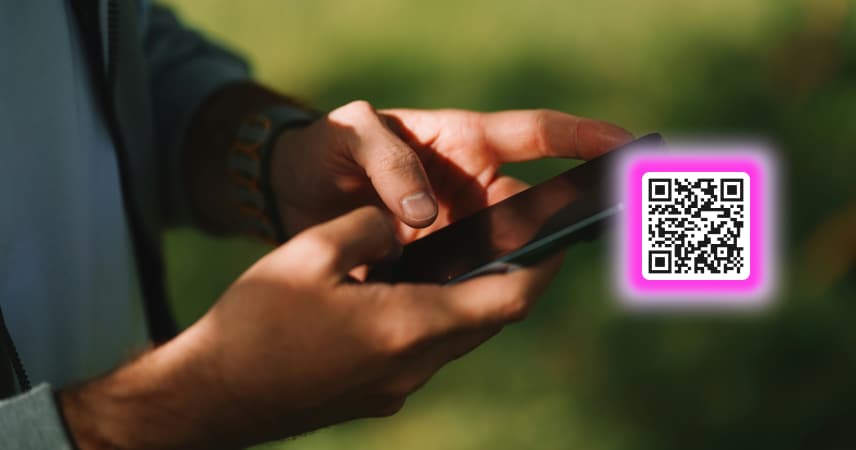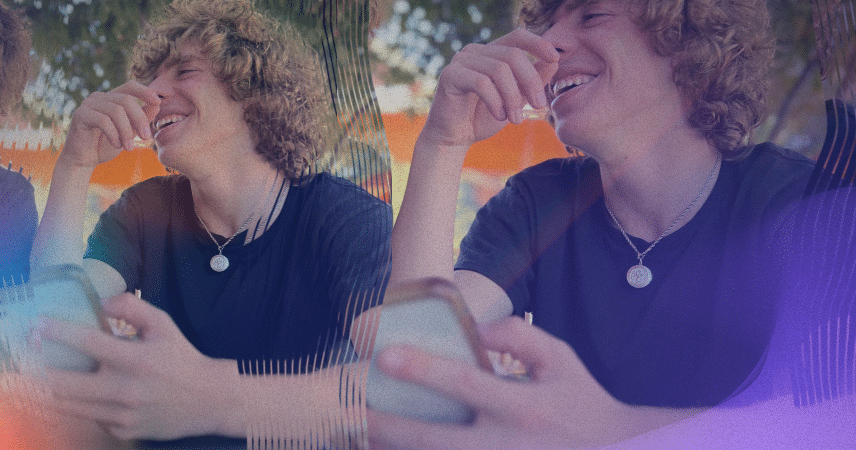
There was no place for me to go and find people like me. I saw my first lesbian bar in a movie, you guessed which one – “If These Walls Could Talk, Part 2”. Though one of the film’s plots tells us about lesbians and the feminist movement in the 1970s, I still couldn’t find myself a queer third space in the early 2000s. I dreamt about having a place where I could be around my peers, a place without straight couples and predatory men. A place where I could be myself.
I think every queer woman* had these dreams in her life. Later I discovered that I’m genderqueer, but my lesbian experiences are still precious to me. When I first visited a lesbian bar in my 20s, there was a feeling of belonging and community which I never had before. Also, the women gathered to smoke and chat near the bar, and that’s where I first witnessed grassroots activism being born. We discussed mutual aid, street actions and art projects. The ideas were flaming hot, especially after a couple of shots served by a cool masc bartender.
The strength and survival of any marginalized group have always depended on the ability to build community. There is strength in numbers and power in the ability to organize. A lesbian bar or any other sapphic third space has always been rich soil for community growth.
Brief History of Sapphic Third Spaces
First, what is a third space? That’s an accessible space for a community that is not home, school, or work. Accessible means no physical, financial, legal, or other barriers to entry. Some examples of third spaces are:
- Nightclubs
- Bars & Taverns
- Parks
- Community Centers
- Libraries
- Art Galleries
- Museums
- Plazas
- Gyms & Athletic Centers
Lesbian third spaces are essentially a subset of these spaces that are welcoming to queer women.
What is The Purpose of a Third Space
People use third spaces to make social connections, build community, learn about events that impact them, feel welcome, and organize for many purposes. These spaces are considered to be an important part of our social infrastructure.
Unfortunately, the availability of third spaces is not what it should be. Poor people, queer people, and those living in inner cities are just a few communities that don’t have adequate third spaces. Lesbians specifically lack third spaces, although spaces for gay men are relatively plentiful.
Is Every Sapphic Space a Third Space?
Every sapphic space is not a third space. Here are a few elements that negatively impact the accessibility that makes a place a third space:
- Limited Admissions (Exclusivity)
- Lack of Disabled Access
- High Price Points (E.G.: Cover Charges)
- Community Threats And Hostility
- Over policing
For queer folks, dance halls, bars & nightclubs have historically been the key third spaces.
Bars & Nightclubs in The US

Unsurprisingly, the first lesbian nightclub in the United States opened in San Francisco. Mona’s 440 Club opened in 1936. It operated as a lesbian club throughout the 40’s featuring acts like Gladys Bentley and other early drag artists. Thanks to the relatively progressive social climate in The City, Mona’s operated fairly openly as a sapphic nightclub. However, its advertisements were pretty discrete by today’s standards.
The number of lesbian bars grew in the United States over several decades. That growth peaked in the eighties when there were more than 200 of them. Since then, those numbers have dwindled. In 2020, there were less than 20.
Bars & Nightclubs in Europe And Beyond
What about Europe? It isn’t easy to trace the growth of Lesbian bars and clubs across multiple countries, especially not in a time in which being queer could have some horrific consequences. Still, there’s evidence that there were lesbian bars in Germany, France, and the Netherlands as early as the 1920s. The island of Lesbos had The Tenth Muse Cafe Bar – dates unknown. Spain, Turkey, Lebanon, Australia, Italy, etc. all had lesbian bars opened in the 20th and 21st centuries.
Unfortunately, the loss of lesbian bars and clubs hasn’t been limited to the United States. It’s a global issue.
How Lesbians Built Community Through Third Spaces
Third spaces exist to build community. That’s what urban planners have intended all along. The place parks, libraries, community centers, and other places to help people in a neighborhood become connected to one another. It helps to build a sense of community and pride. The same is true for lesbian third spaces, although lesbians aren’t brought together by common geography.
Lesbian bars and nightclubs have been a place where people with shared sexuality and the experiences that come from can gather, form friendships, enjoy one another’s company, discuss issues that impact them, and simply form bonds with people who are similar to them.
Lesbian Activism & Spaces
Where are social justice movements born? Often, pubs, taverns, and nightclubs are the places where meetings are held, protests are planned, and activists can find strength in numbers.
But that is only half the story. Over the past 90 plus years, simply opening a lesbian bar, going to a lesbian bar, and doing business with one has been an act of protest. Simply walking through the door of one of these establishments has often been an act of civil disobedience. Even when doing so has been entirely legal, there’s a risk of social consequences.
Lesbian bars in nightclubs were some of the first places in which women could be open about their romantic relationships with other women. Lesbian visibility is activism in itself, when in many places in the world women can be harrassed for holding hands in public. Even in safer countries of Americas and Europe queer women can be discriminated openly or secretly. So, while there are big human rights organisations with offices and finances, bars are still a place for the grassroots movement to thrive.
Impact of Policing on Lesbian Spaces
The law has always been used as an oppressive force against the queer community. For example, many communities had laws against dressing as the opposite sex. Police could target butch women and women passing as men for arrest.
So, lesbian third spaces were created in response. They provided women a safer place to be themselves. Although, this often involved paying bribes to local police departments, and sometimes being subject to raids to fight those payments.
Death of Lesbian Bars
Several factors have contributed to the decline of lesbian bars.
- Increased mainstream acceptance of lesbians may have led women to rely on these spaces less frequently
- Trans women and queer women of color have not always felt welcome in lesbian bars
- Women in general have fewer resources to dedicate to spending time in third places. Also, social norms are different for lesbians than they are for gay men.
Rebirth of Lesbian Bars
The sapphic community needs lesbian bars. For one thing, it’s become clear that a loud, vocal, hateful minority can upend the benefits of social acceptance. Also, while a lack of intersectionality in the lesbian community is a problem, that problem isn’t solved by removing lesbian spaces like bars or nightclubs.
Fortunately, work is being done to preserve, promote, and support the few remaining lesbian bars in America. Much of this work is being done through the lesbian bar project. Hopefully, the natural result of that will also include opening and reopening other lesbian third spaces.
Lesbian Spaces Online

The internet exists as a virtual third space for all of us, including lesbians.
Pre Social Media
Online communities for lesbians didn’t start with Facebook. Even before social media was a thing queer women were bonding online through chat rooms and forums that were part of larger platforms. Lesbians were finding people just like themselves on pages like AfterEllen, Yahoo answers, and Myspace. There were also instant messengers like AIM and ICQ.
Social Media
Facebook and other social media platforms have taken over the internet as the places to be online. Now queer women gather on Facebook groups, discords, and subreddits.
There have been attempts to create dedicated queer social media platforms but those have never taken off. Like before, some of these platforms have emerged as being more queer friendly than others and that’s where lesbians have largely built their online communities.
Dating Apps
At first lesbian dating apps weren’t really social that worked for women. They were more like online personal ads. Over time, this has evolved. Now lesbians and other poor women can use these apps to share videos, stream, and message one another.
Impact of Covid
Covid led to stronger online communities across the board. Lesbians are no exception to this. While it’s wonderful that online spaces existed during covid so queer women could continue to connect, there have been drawbacks. Many people have struggled to transition back to real life third faces from internet third spaces. As a result these places are being lost in the community.
Virtual Vs. IRL Pros & Cons
Online third spaces are a wonderful thing. They have a low barrier to entry. It’s often much easier for somebody to participate in an online community than it is one in real life. This certainly applies to lesbians. Depending on where one lives she may not have a local community that she can connect with.
But there are some other limits to how helpful an internet community can be. Communication may be misinterpreted and misunderstood. The global nature of online social spaces makes it more likely that somebody will encounter cultural misunderstandings. Finally people can be anonymous online. There certainly is safety in anonymity, but it also comes with a loss of personal identity.
It’s easy to list the positive things about real-life third spaces for lesbians. When women are able to gather in person and connect with other queer ladies, they feel a sense of community and safety. For many, it may even be their first or only reminder that they are not alone.
Lesbian Third Spaces Are Vital For The Community
We need a variety of lesbian third spaces for queer women to thrive, organize, and connect. Part of that includes rebuilding and revitalizing lesbian bars and clubs. But there’s work to do beyond that. Not all queer women are interested in the bar scene. They don’t drink. They have interests and values that don’t include participation or attendance at these establishments. Finally, these women have spaces as well. This is why libraries, theaters, museums, and other places historically friendly to lesbians are protected, as they are important social infrastructure. Further, online third spaces have become accessible and safe places for queer women to gather online. Work must continue to be done to ensure those are safe and healthy places to gather.





